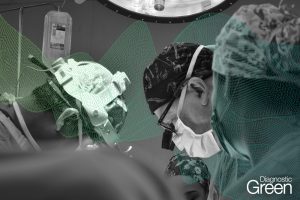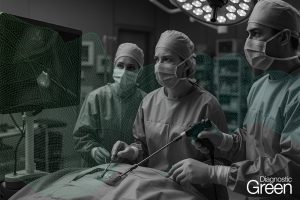Published empirical data have increasingly suggested that using near-infrared fluorescence cholangiography during laparoscopic cholecystectomy markedly increases biliary anatomy visualization.
Expert consensus strongly supports near-infrared fluorescent cholangiography superiority over white light for the visualization of biliary structures and reduction of laparoscopic cholecystectomy risks. It also offers other advantages like enhancing anatomic visualization in obese patients and those with moderate to severe inflammation. Regarding indocyanine green administration, consensus was reached that dosing should be on a milligrams/kilogram basis, rather than as an absolute dose, and that doses >0.05 mg/kg are necessary.
Although there is no consensus on the optimum preoperative timing of indocyanine green injections, the majority of participants consider it important to administer indocyanine green at least 45 minutes before the procedure to decrease the light intensity of the liver. Conclusion: Near-infrared fluorescent cholangiography experts strongly agree on its effectiveness and safety during laparoscopic cholecystectomy and that it should be used routinely, but further research is necessary to establish optimum timing and doses for indocyanine green.
https://www.surgjournal.com/article/S0039-6060(22)00539-6/fulltext




